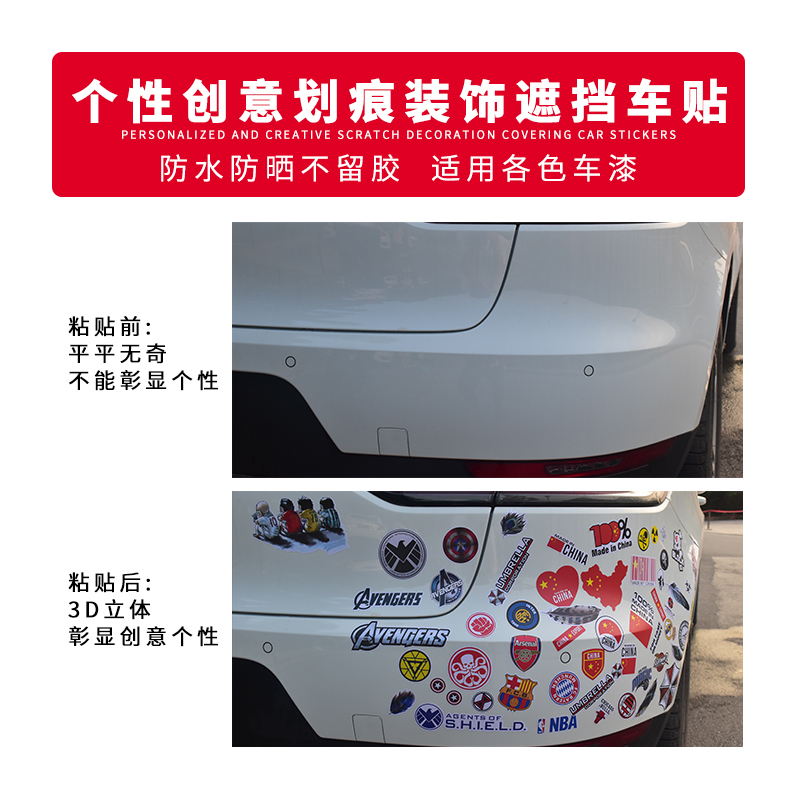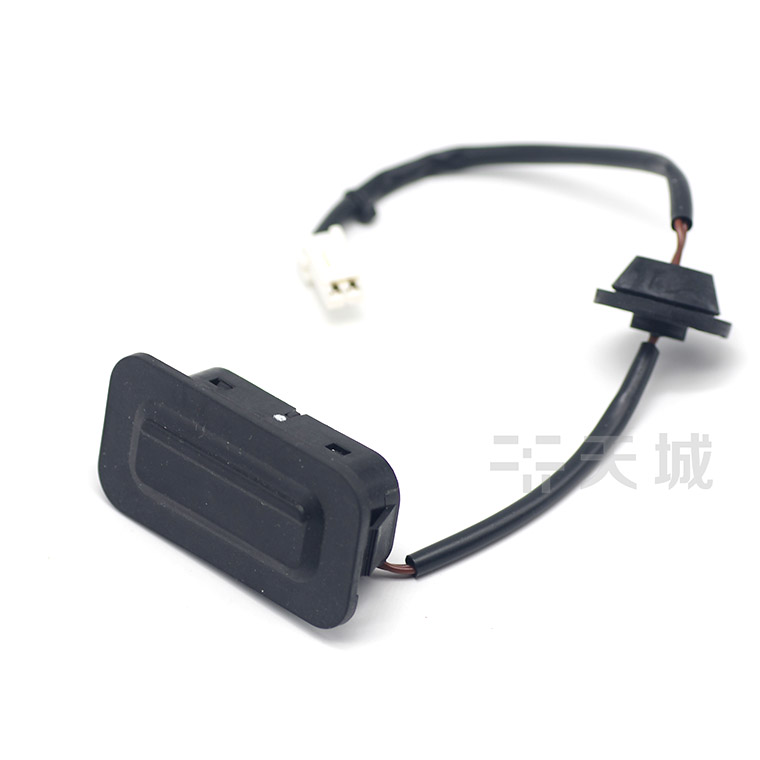
For accessibility-minded TikTok creators, gone are the days of the finicky text tool and third-party captioning apps. The beloved social media platform now does it all for you.
Almost a month after the app's official announcement, more users (and accessibility advocates themselves) are getting the chance to use the new automatically-generated closed-captioning services, the latest of TikTok's in-app accessibility features that are (fortunately) pretty easy to use.
Tweet may have been deleted
The month-long rollout is part of a series of new features focused on making the "visual nature" of the app more accessible to all, according to TikTok. This includes adjustments to animated thumbnails, text-to-speech services, and epilepsy warnings. The auto captions were created under the guidance of The Deaf Collective, an organization supporting Deaf and hard-of-hearing creators that advocates for captioning across all platforms.
Here's how to use the new accessibility features:
Turn on auto captions as a viewer
The responsibility of captioning is mainly on video creators, who have to allow captions on every video they post.
If you want to check if captions are available on a specific video, click on the share icon (an arrow on the bottom right side of the screen). A "captions" option should be visible on the bottom row, in between "use this effect" and "duet."
Click on the captions button to turn the auto-generated feature on and off, or switch between various languages if they're added by the creator. That's it!
Heads up, though: TikTok's new captions are only available to app users who have their languages set to English or Japanese (for now). You can find this under your profile's settings and privacy tab, which can be located on your TikTok profile by clicking on the three dots in the top right corner.
Add and edit captions to your own videos
If you are adding captions to your own videos, start first by recording your own video withsound. Captions only apply to original sounds uploaded by creators, so you can't add captions to popular songs or other creator's sounds right now.
Record your video and press the red check mark to move to the video editing space. You can find the "captions" button on the right side of the screen (press the bottom arrow to expand the features if needed). Click on the captions symbol (a small box with lines) and the app will prompt creators to turn on auto captions. This will automatically add captions to the video you just made and allows other users to utilize auto captions on the videos as they watch.
 Creators have to allow captioning services on user-uploaded audio clips.Credit: tiktok
Creators have to allow captioning services on user-uploaded audio clips.Credit: tiktokCreators can then edit the captions manually in real time. The app will automatically take creators to a captions-editing screen after enabling the feature on their in-progress video. Keep in mind, creators can't edit captions after uploading videos.
 Creators can choose to add or edit their captions after uploading.Credit: tiktok
Creators can choose to add or edit their captions after uploading.Credit: tiktokAfter editing the captions (and adding the obligatory cool transitions, effects, or TikTok filters), simply save and upload the video. Viewers will have the option to enable the auto captions themselves. You've now made your content more accessible to all app users!
While you're at it, check to see if you can use any of TikTok's other accessibility features, like adding photosensitive epilepsy warnings or text-to-speech options for blind users.
TopicsSocial GoodTikTokAccessibility



